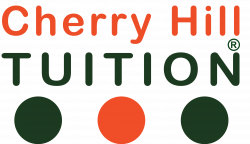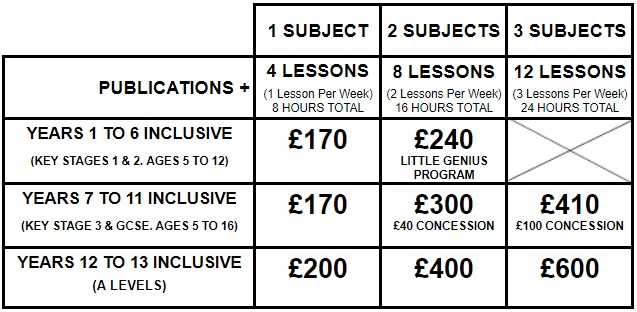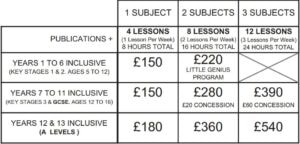Teaching and learning narrative
When forces act on an object the resultant force is the sum of all the individual forces acting on it, taking their directions into account. If a resultant force acts on an object, it causes a change in momentum in the direction of the force.
The size of the change in momentum of an object is proportional to the size of the resultant force acting on the object and to the time for which it acts (Newton’s Second Law). For an object moving in a straight line:
• if the resultant force is zero, the object will move at constant speed in a straight line (Newton’s First Law)
• if the resultant force is in the direction of the motion, the object will speed up (accelerate)
• if the resultant force is in the opposite direction to the motion, the object will slow down.
In situations involving a change in momentum (such as a collision), the longer the duration of the impact, the smaller the average force for a given change in momentum.
In situations where the resultant force on a moving object is not in the line of motion, the force will cause a change in direction.
If the force is perpendicular to the direction of motion the object will move in a circle at a constant speed – the speed doesn’t change but the velocity does. For example, a planet in orbit around the Sun – gravity acts along the radius of the orbit, at right angles to the planet’s path.
The mass of an object can be thought of as the amount of matter in an object – the sum of all the atoms that make it up. Mass is measured in kilograms. The mass of an object is also a measure of its resistance to any change in its motion (its inertia); using this definition the inertial mass is the ratio of the force applied to the resulting acceleration.
Newton wrote about how the length of time a force acted on an object would change the object’s ‘amount of motion’, and the way he used the term makes it clear that he is describing what we now call momentum, this has led to Newton’s Second Law being expressed in two ways: in terms of change in momentum and in terms of acceleration.
Newton’s explanation of motion is one of the great intellectual leaps of humanity. It is a good example of the need for creativity and imagination to develop a scientific explanation of something that had been observed and discussed for many years (IaS3).
Ideas about force and momentum can be used to explain road safety measures, such as stopping distances, car seatbelts, crumple zones, air bags, and cycle and motorcycle helmets.
Improvements in technology based on Newton’s laws of motion (together with the development of new materials) have made all forms of travel much safer.
Assessable learning outcomes
1. describe examples of the forces acting on an isolated solid object or system
2. describe, using free body diagrams, examples where several forces lead to a resultant force on an object and the special case of balanced forces (equilibrium) when the resultant force is zero qualitative only
3. use scale drawings of vector diagrams to illustrate the resolution of two or more forces, in situations when there is a net force, or equilibrium i Limited to parallel and perpendicular vectors only M4a, M5a, M5b
4. recall and apply the equation for momentum and describe examples of the conservation of momentum in collisions: momentum (kg m/s) = mass (kg) × velocity (m/s) M1c, M3c, M3d
5. select and apply Newton’s Second Law in calculations relating force, change in momentum and time: change in momentum (kg m/s) = resultant force (N) × time for which it acts (s) M1c, M3c, M3d
6. apply Newton’s First Law to explain the motion of objects moving with uniform velocity and also the motion of objects where the speed and/or direction changes
7. explain with examples that motion in a circular orbit involves constant speed but changing velocity qualitative only
8. explain that inertial mass is a measure of how difficult it is to change the velocity of an object and that it is defined as the ratio of force over acceleration
9. recall and apply Newton’s Second Law, relating force, mass and acceleration: force (N) = mass (kg) × acceleration (m/s2) M1c, M3c, M3d
10. use and apply equations relating force, mass, velocity, acceleration and momentum to explain relationships between the quantities M3b, M3c, M3d
11. explain methods of measuring human reaction times and recall typical results
12. explain the factors which affect the distance required for road transport vehicles to come to rest in emergencies and the implications for safety M2c
13. explain the dangers caused by large decelerations




